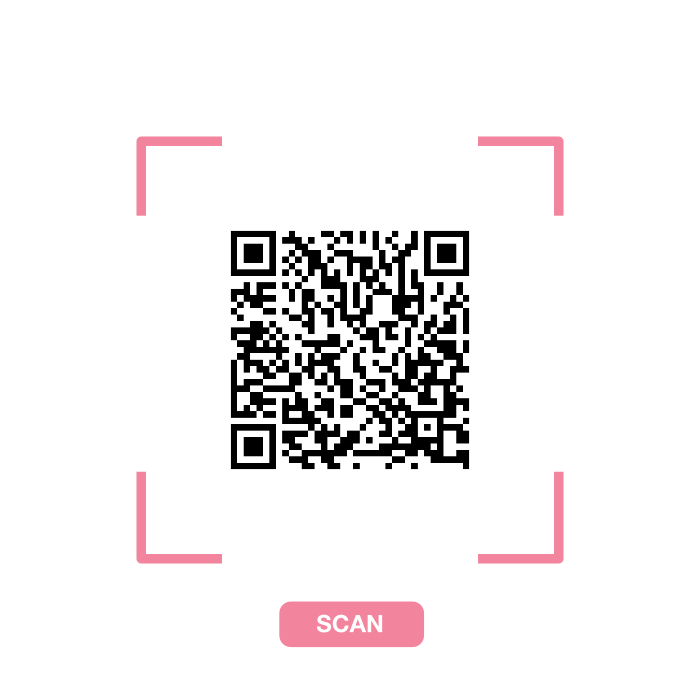
Simplicity
Share and interact with 3D content effortlessly—no prior 3D expertise required.
Welcome to our prototype site showcasing the Library’s new 3D service. By creating high-quality digital twins, we extend access to our collections and accelerate scientific research. Explore a range of real-world use cases—museum exhibits, distance learning, conservation studies—and discover how immersive 3D experiences bring invaluable specimens and artifacts to life. Dive in and help us shape the future of digital discovery!

Share and interact with 3D content effortlessly—no prior 3D expertise required.
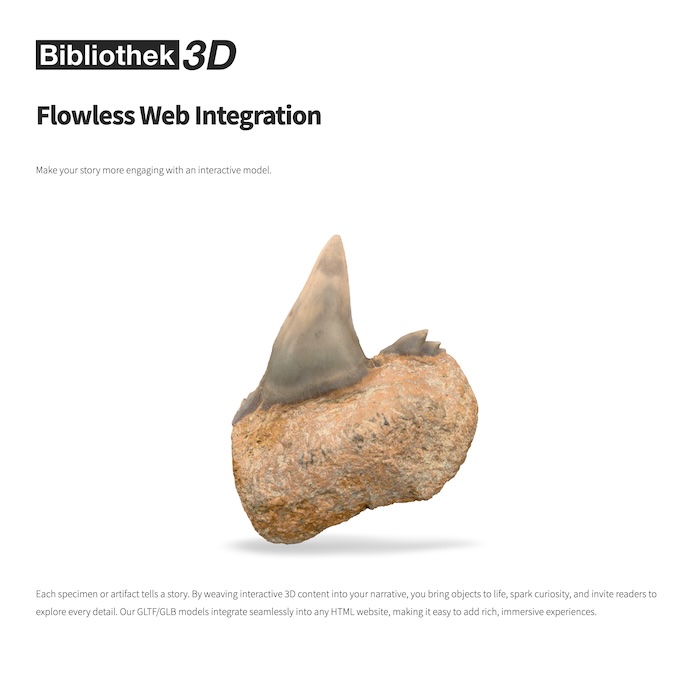
Make your story more engaging with an interactive model.
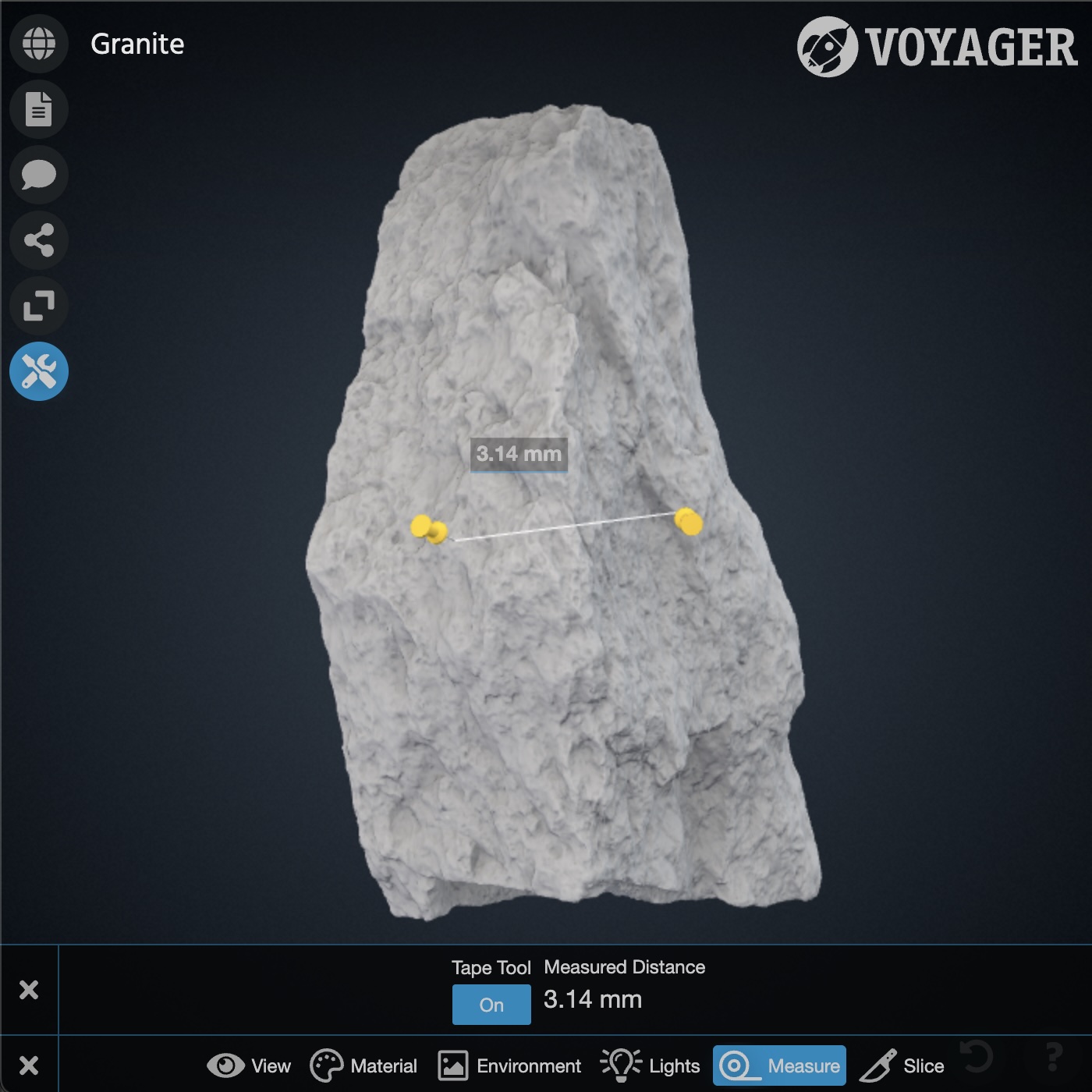
An interactive viewer combining multiple information layers and analysis tools.
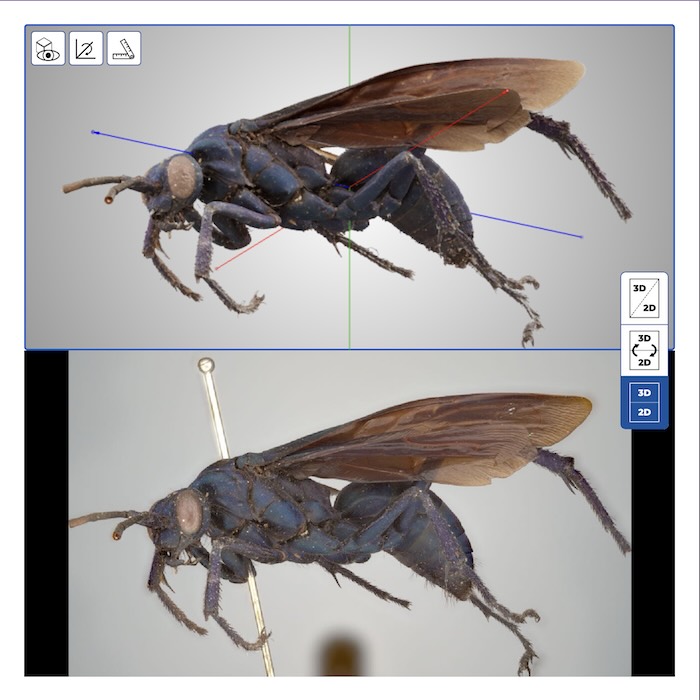
A 3D model combined with high-resolution 2D images for precise detail.
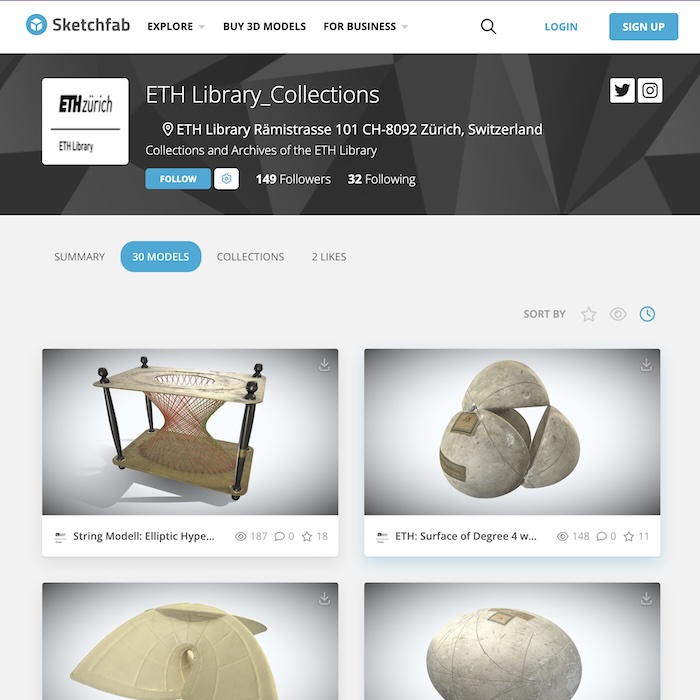
Use the most popular 3d platform to share your collection to millions of user.
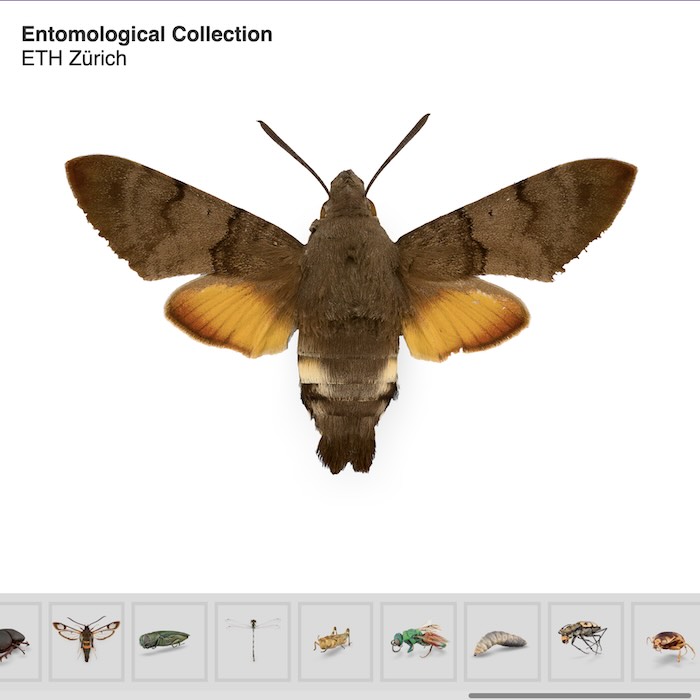
Simply present your collection on GitHub pages
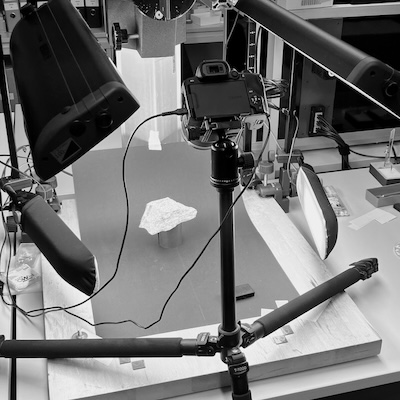
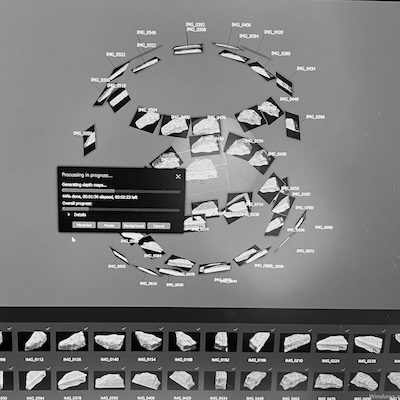
During post-processing, the raw mesh is refined, detailed image textures are generated, and surface properties are adjusted to suit the target platform. Finally, custom analysis shaders, informative model tags, and comprehensive background documentation ensure the model’s usability, integrity, and traceability for future applications.